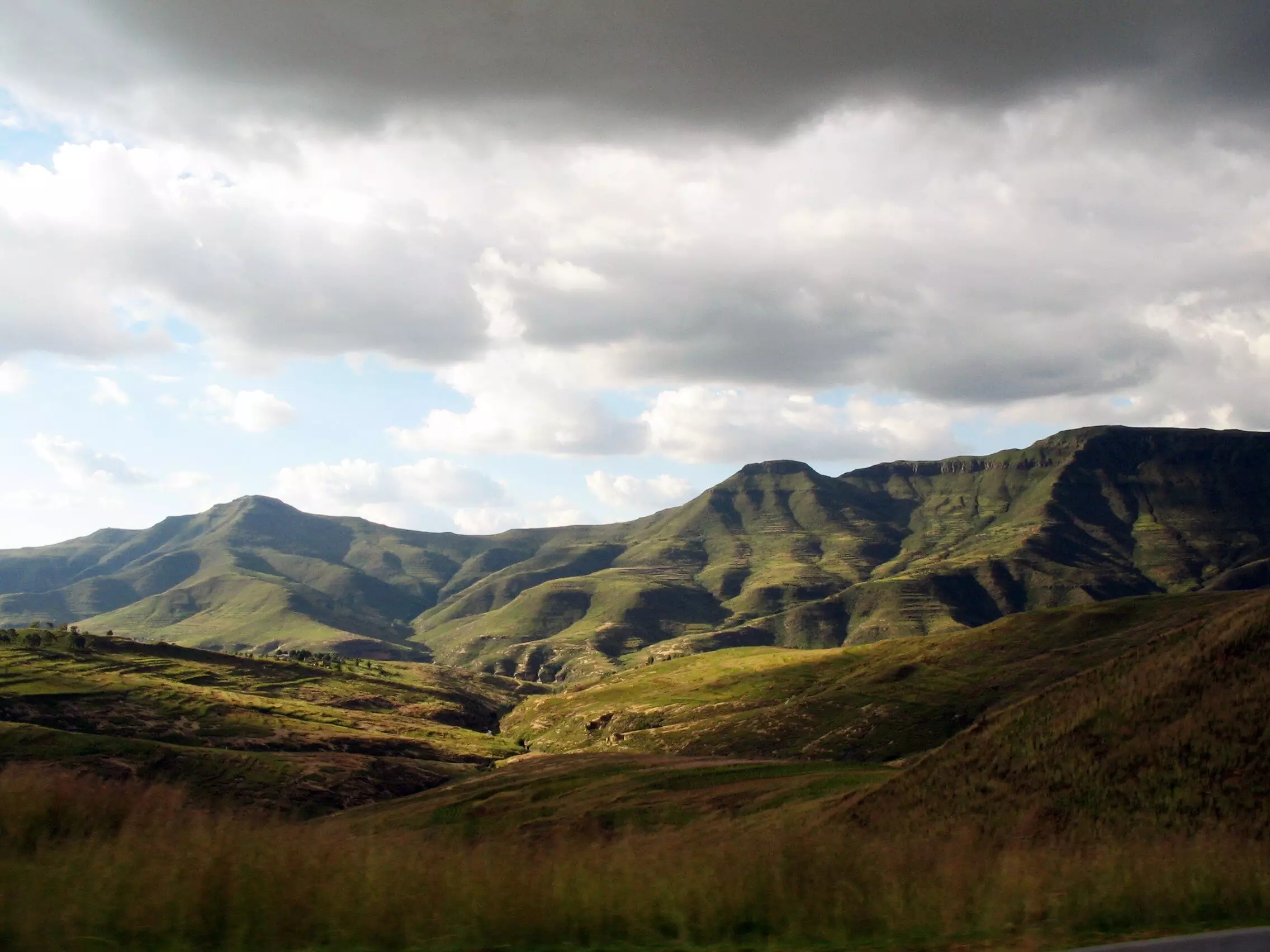Plate tectonics has long fascinated scientists, not only because of its role in the movement of continents but also because of its profound influence on Earth’s topography and ecosystems. Recently, researchers from the University of Southampton have shed light on a critical component of this geological narrative: how and why certain stable areas of continents, known as cratons, experience gradual uplift. Their groundbreaking study posits that the rifting of tectonic plates can trigger deep-seated waves within the Earth, prompting substantial alterations in topography, even at considerable distances from active tectonic boundaries. This research opens new avenues for understanding the mechanisms behind some of the Earth’s most iconic landforms like plateaus and escarpments.
The discovery by the Southampton team builds upon a long-standing hypothesis regarding Great Escarpments—steep, kilometer-high formations that demarcate ancient rift valleys. Traditionally, the mechanics behind the uplift of the inner portions of continents, seemingly stable, had proved elusive. The current study proposes a crucial link: when continents experience tectonic rifting, it generates momentum within the Earth’s mantle. These movements can propagate hundreds of kilometers inland, effectively lifting and eroding cratonic land surfaces, creating expansive plateaus like the Central Plateau of South Africa.
As the research team’s findings indicate, rifting does more than rupture the earth; it incites a cascade of geological events. The initial stretching of the continental crust leads to the mobilization of mantle material beneath, akin to a domino effect, where each movement influences subsequent geological changes. The study emphasizes the importance of understanding how these dynamics not only shape topographical features but also affect regional climates and biodiversity.
Innovative Methodology and Collaborative Research
To arrive at these conclusions, the Southampton team employed advanced computer modeling techniques alongside statistical analysis, allowing them to simulate the response of the Earth’s surface to historical continental breaks. This methodological innovation is crucial for deciphering the interplay of forces at work beneath our feet. Collaborating with experts from the Helmholtz Centre Potsdam and the University of Birmingham, the research highlights the interdisciplinary nature of geological studies, combining expertise in geodynamics, earth surface modeling, and sedimentology.
Professors Sascha Brune and Jean Braun, along with their team, unveiled the intricate patterns that emerge when mantle waves generated by tectonic movements interact with the continental crust. Their simulations revealed how these waves not only correlate with major events of erosion throughout history but also provide an explanation for the rise of cratonic regions, a significant breakthrough in understanding continental dynamics.
The implications of this research extend beyond academic curiosity; they inform our understanding of natural resource distributions, human settlement patterns, and even the evolution of ancient climates. A critical point raised by the researchers is that continental breakup may catalyze the emergence of convection cells in the upper mantle, fundamentally impacting Earth’s surface topography and geological processes.
This work can reshape our approach to studying geological features, as it synthesizes data from past rifting events with present-day processes. The research team suggests that the vertical movements observed in stable continental regions are not merely incidental but result from complex interactions initiated by ancient tectonic activity.
The Quest for Further Understanding
As the study’s lead author, Professor Tom Gernon, indicates, this research lays the groundwork for future inquiries into how these geological processes have influenced not just topography, but life on Earth as well. The interconnectedness between geological upheavals and ecological evolution invites further investigation into resource distribution and climate patterns that have direct consequences on human history.
The University of Southampton’s findings contribute significantly to the understanding of how cratonic stability is intricately tied to tectonic activity. Their work not only addresses a fundamental mystery of plate tectonics but also encourages a broader exploration of how geological changes influence every aspect of our planet, from the physical landscape to the biological systems it supports. Continued research in this area will surely deepen our comprehension of Earth’s complex geological narrative.


Leave a Reply